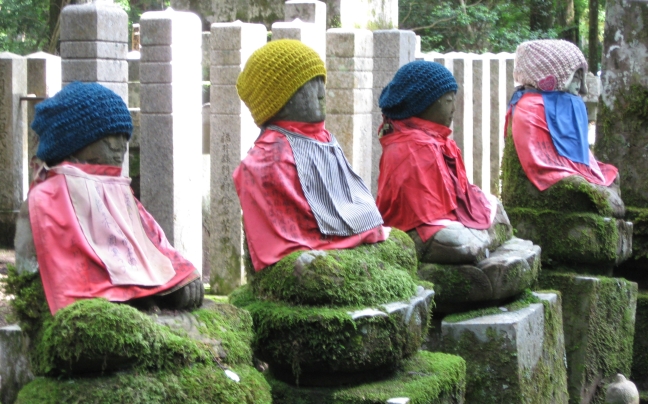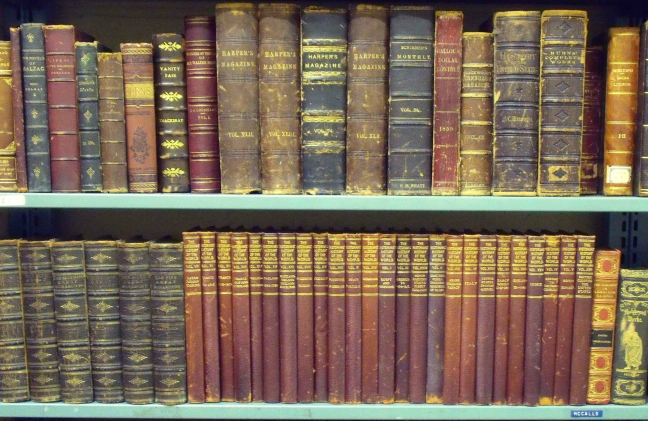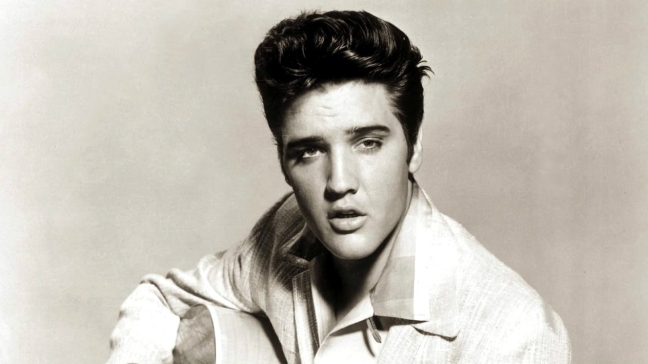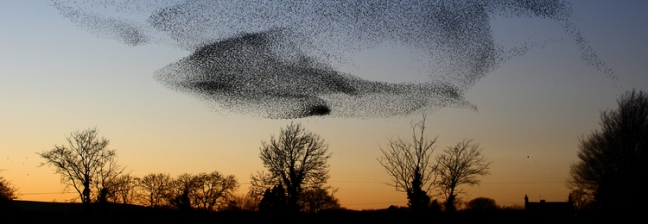One of the best things about starting this blog is the chance to learn from others and share exciting research and ideas. Sarah Plumb, an associate lecturer at Manchester School of Art and doctoral student at the University of Leicester, recently sent me two amazing articles on the importance of advocating for our profession. They gave me a lot to think about so I hope you enjoy them too.
First up – a useful dissection of ‘the educational turn’. The educational turn, also referred to as the pedagogic turn, is part of a shift in curatorial practice towards thinking about audiences more actively in relation to artists’ practice and artworks. However, instead of contextualising this new interest alongside the decades of work that has been done by museum educators and artist-educators, it’s presented as a brave new world, a virginal terra nova just waiting for curators to plant a flag in it. Michelle Millar Fisher’s article, ‘Museum Education and the Pedagogic Turn’ (Artwrit, Summer 2011) is an eloquent summary of how much the education turn owes to radical 1970s museum education practice, which she explores through two New York-based case studies: the Metropolitan Museum’s education programme, Arts Awareness (1972-74); and Artists Teaching Inc. an interdisciplinary artist-educator organisation, founded in 1975. Fisher doesn’t mince her words and has beautifully summarised everything about this approach that rips my knitting. For example:
“Writing on “Educational Aesthetics” in the very recent Curating and the Educational Turn, Andrea Phillips describes contemporary educational practices employed by artists and curators. Predictably, she makes no reference to early museum education models, and makes a distinction between contemporary art and curatorial projects from museum education; for her, artists and curators employ “the discursive turn” and are “conceptually and politically interested in education”, a paradigm that is wholly separate from museum education departments, which are “traditional” and employ “artists whose work has been determined as community or school friendly”. While the reductive hierarchy she implies between artists commissioned by curators and artists commissioned by museum education departments is unsurprising, her description of “radical” practice throughout her essay bears ironic comparison time and again with that of the much earlier museum education models such as Arts Awareness and Artists Teaching Inc.”
Quite.
And secondly, a wonderful interview with Pablo Helguera, artist and educator, currently Director of Adult and Academic Programs at MoMA. Titled ‘A Bad Education’, Helguera was interviewed by artist Helen Reed as part of a project called The Living Archive which “seeks to expand the dialogue around artist placements and participatory practices within educational structures and art institutions”. Helguera makes so many great points in his interview, but I’ve chosen one anecdote that I think many museum educators will relate to:
“I remember I was working at the Guggenheim, seeing artists like Rirkrit Tiravanija presenting projects. And I remember, for example, once Rirkrit saying he wanted to do a project that used a gallery for children’s activities. I remember the curator calling us in the education department and being like “Quick, quick we have to come up with kids and bring them to the gallery to do activities with them”. Nothing against Rirkrit, but I felt that the whole project was so haphazard and so artificial. Because really, we are pretending that we are doing education here, that we were creating a great experience for these kids. I have no idea what ended up happening with the project. But those were the kind of experiences that made me suddenly realise; isn’t it interesting that I’m here, a mere educator, like many other educators who actually know very well how to produce these experiences, that’s our expertise; and yet we have absolutely no power over this certain situation where people, who know absolutely nothing about these audiences, decide they want to do an educational experience for them in the guise of an artwork, which has to happen promptly and efficiently. And the action will likely be covered by art magazines; by people who know absolutely nothing about these audiences, and then they will likely be convinced that something really great happened. While those, who supposedly the activity was created for, most likely were hurried into a situation self-proclaimed as educational and perhaps manipulated into being photographed as part of the documentation.”
His story makes me smile in recognition and frown in frustration. The situations both articles describe feel a bit ridiculous – how could this sort of thing happen so often? I think we need more Fishers and Helgueras. We need a greater emphasis on advocating for the value of museum education and the expertise of its practitioners. These articles also remind me how important it is to know our history – if we celebrate our predecessors and their achievements, recognise that we are standing on the shoulders of giants and benefiting from their pioneering experiments, we are then in a stronger position to be defining the future of the discipline. Engage journal, issue 35, Twenty-Five Years of Gallery Education might also be of interest.







